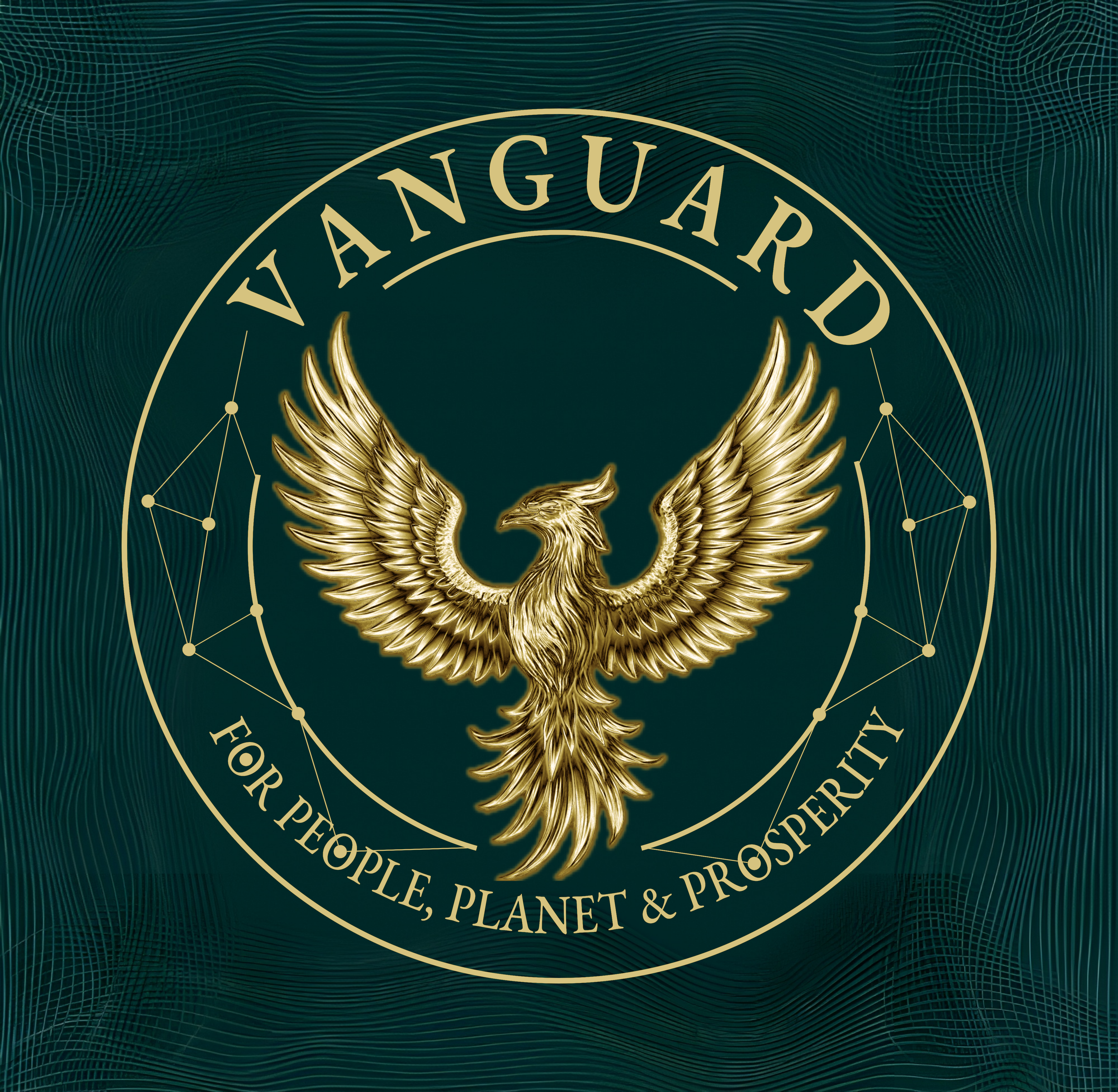
From Parchment to Protocols
17/07/2025
Business as the Ultimate Form of Art: A Vanguard Leadership Perspective in the AI Era
07/08/2025A month ago, I met with a media entrepreneur running a low-millions business who was exploring COTRUGLI Business School #MBA programs.
Like many driven #founders, he wanted to scale but felt trapped by traditional content #economics—among other #challenges.
His exact struggles? I won’t elaborate on them here.
However, what’s not confidential and is well worth sharing is the discovery I made during that conversation—an app that could offer a scalable solution not just for him, but for many of us.
Meet ReelShort: The Rise of Micro-Drama Dominance
Origins & Founding (2022)
ReelShort launched in August 2022 by #CrazyMaple Studio, a U.S.-based arm of China’s #COLGroup. The app aimed to globalize China’s booming duanju (short drama) format, made popular on platforms like #Douyin (TikTok’s Chinese counterpart).
From Quibi’s Failure to ReelShort’s Pivot
Unlike #Quibi—which collapsed in 2020 due to high budgets and rigid formats—ReelShort adopted a completely different approach:
- Ultra-lean production: Episodes shot in 7–10 days for under $300K per series.
- Mobile-optimized viewing: 90-second episodes packed with cliffhangers.
- Monetization via microtransactions: Users pay $0.10/episode or watch ads.
This was the pivot that changed everything.
Explosive Growth (2023–2024)
In 2023, ReelShort soared to #3 on the U.S. App Store after viral hits like Fated to My Forbidden Alpha and Never Divorce a Secret Billionaire Heiress.
By 2024, downloads grew 992% year-over-year, reaching 37 million—40% from the U.S. Incredibly, it briefly overtook #TikTok in Apple’s entertainment rankings.
Global Expansion—and Growing Pains
Localized content: ReelShort now remakes series for local markets, such as Egypt and Latin America.
AI-driven production: Stories adapt in real time based on viewer behavior.
Despite the hype, criticism remains—some point to low-budget aesthetics, recycled plot tropes (especially billionaire romances), and overly aggressive monetization.
Still, in 2025, ReelShort leads a $5B+ short drama industry and is expanding into thrillers, mysteries, and #PUGC (professional user-generated content).
Key Milestones in a Three-Year Rocket Ride
- 2022: Launch with COL Group backing.
- 2023: Viral series drive over $22M in revenue.
- 2024: Over 30M downloads; integrates real-time AI tools.
- 2025: Expands across genres and global markets.
Inside the Business Model: Why It Works
Ultra-Lean Production Model
- 7-day shoots, unknown actors.
- Single locations—typically apartments or offices.
- AI-assisted editing, reducing post-production to just 48 hours.
The Addictiveness Algorithm
- Cliffhangers every 72 seconds.
- Real-time plot adjustments via viewer drop-off analytics.
- Paywalls placed precisely at tension peaks—$0.10 per unlock.
The Economics Are Mind-Blowing
Take this example:
- Series: CEO’s Secret Marriage
- Production cost: $15,300
- First-month revenue: $40M
- ROI: 261,000%
That stopped me in my tracks.
A Masterclass in Modern Business Strategy
As someone who has spent years analyzing #scalability and global #monetization trends, I couldn’t ignore the implications.
This isn’t just a shift in entertainment—it’s a strategic blueprint for 21st-century business.
1. The Unstoppable Rise of Micro-Content
China’s short drama industry, now worth over $5B, has cracked the code on attention economics.
- Episodes under 3 minutes.
- Cliffhangers every 72 seconds.
- Monetized via microtransactions at scale.
For example, Never Too Late to Fall in Love pulled in $40M in just 60 days—more than many Hollywood indie films.
Why This Matters for Us:
- Scalability: If value can be compressed into 90 seconds, what else can?
- Cash Flow Velocity: Monetization happens hourly, not quarterly.
- Asset-Light Operations: No A-listers or massive budgets—just lean iterations.
2. Going Global: The Next Frontier
This model is far from confined to China. Studios are:
- Remaking content for local markets—e.g., Nairobi revenge thrillers, Bogotá telenovelas.
- Using TikTok & Reels as distribution—not Netflix or traditional channels.
- Deploying AI to re-engineer plots based on real-time audience reactions.
This disruption echoes what we’ve already seen in #fintech, #SaaS, and #ecommerce—only now it’s reshaping #storytelling.
3. Through the COTRUGLI Lens: What Can We Learn?
Here are three ways leaders in our network can act on this:
A. Content Arbitrage Opportunities
If a $5,000 script can be localized and turned into a 6-figure series, what’s stopping a media-savvy founder from making that leap?
B. Micro-Transaction Experimentation
We’ve seen this in gaming and news. But what about:
- Corporate training (bite-sized learning unlocked per module)?
- B2B sales (micro case studies per view)?
- Executive education (2-minute MBA-style dramatizations)?
C. AI + Lean Production Advantage
From scripting to editing to casting, AI enables ultra-efficient workflows. Can your industry achieve similar lean gains?
The Big Question: What’s Your Play?
Every sector ripe for disruption shares two key traits: bloated inefficiencies and overlooked niches.
Chinese short dramas exploited both.
So now, I ask you:
Where do you see similar untapped potential in your industry?
Let’s make this a topic at our next gathering. Because if there’s one thing the COTRUGLI community excels at, it’s seeing #opportunity where others only hear noise.
Let’s COlab the Next Big Idea
If this sparked something in you, DM me with one word:
- “Arbitrage” – if you see local adaptation potential.
- “Micro” – if you’re testing bite-sized monetization models.
- “AI” – if you’re reimagining production or processes with tech.
Let’s disrupt something—together.





